History of The Cage of St Osyth
St Osyth, a charming village nestled on the Essex coast, whispers tales of a past far richer and, at times, far darker than its idyllic present suggests. Among its historical treasures, one structure stands out, a stark reminder of a bygone era of injustice, fear and oppression: The Cage. More than just a building, The Cage is believed to have ties to St Osyth’s dark history, particularly its infamous witch trials and the role it would play as the town’s lock-up. The building has also built a reputation amongst paranormal investigators, with many claiming it to be one of the UK’s most haunted houses.
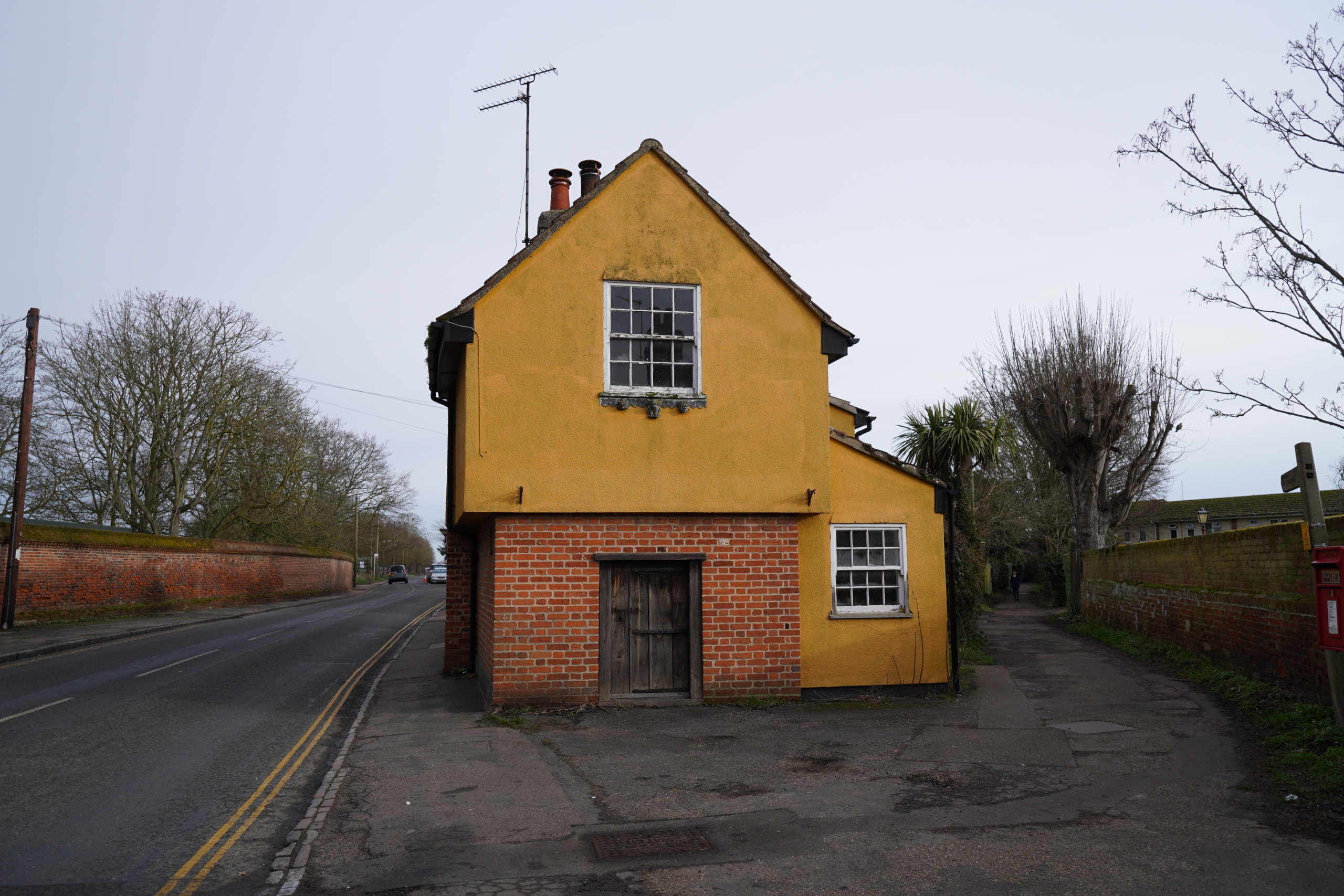
The Town Lockup (c. 1500 – 1908)
The story of The Cage, in its earliest iterations, likely began as a functional necessity for the small village. Before it earned its chilling reputation, this rudimentary structure was believed to have served as the town lock-up – a place where minor offenders, vagrants, or those awaiting transport to larger courts would be held. It was a means of ensuring order within the community, a visible deterrent, and a temporary holding space for those who disrupted the peace or broke the law. The structure itself, would have been a cold place of isolation, where many undoubtedly spent time reflecting on their past indiscretions.
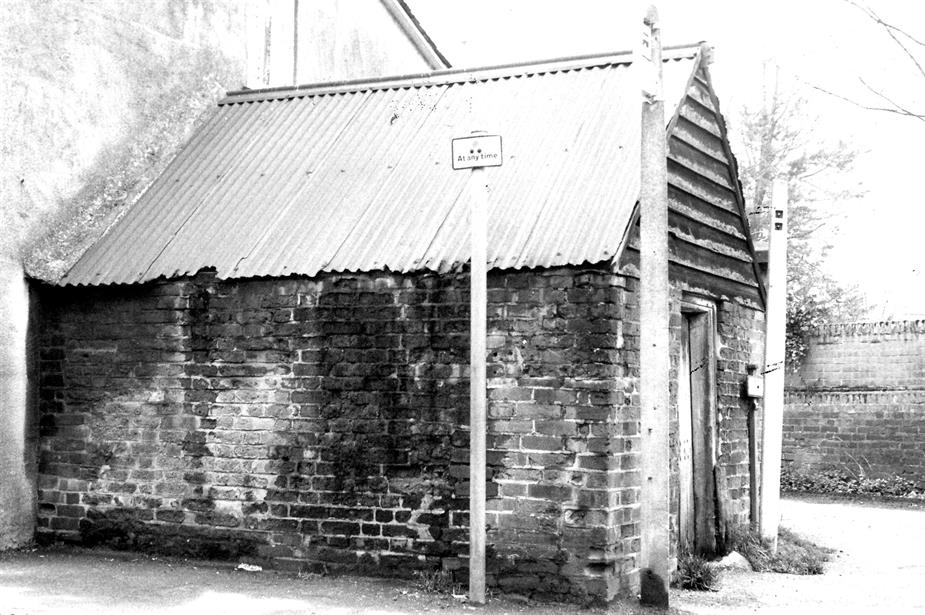
In the 19th century, legislation was introduced placing pressure on local councils to establish more orderly police forces leading to many Cages across England becoming disused or repurposed, though many were still in use after this time, particularly in small, regional towns like St Osyth. A plaque added to The Cage during its reconstruction in the 20th century suggests that The Cage may have been used as late as 1908, now serving as an important record of the building’s former use. To this day, the role of The Cage serving as the town lockup continues to be upheld by local historians, the St Osyth Historic Society and the St Osyth Museum.
The St Osyth Witch Trials (1582)
Ursula Kemp, a local woman known for her healing skills, used herbal and spiritual methods to treat the ill in her community. Despite being seen as a healer, she was later accused of witchcraft by her neighbor, Grace Thurlow. Initially, Grace sought Ursula’s help when her son, Davey, became sick. After Ursula treated the boy using what Grace believed were spells, he recovered fully. However, Grace’s relationship with Ursula soured during her second pregnancy. Following a disagreement, Grace grew convinced that Ursula had cursed her family. When Grace’s infant daughter tragically died after falling from her crib and breaking her neck, the community immediately blamed Ursula for the death.
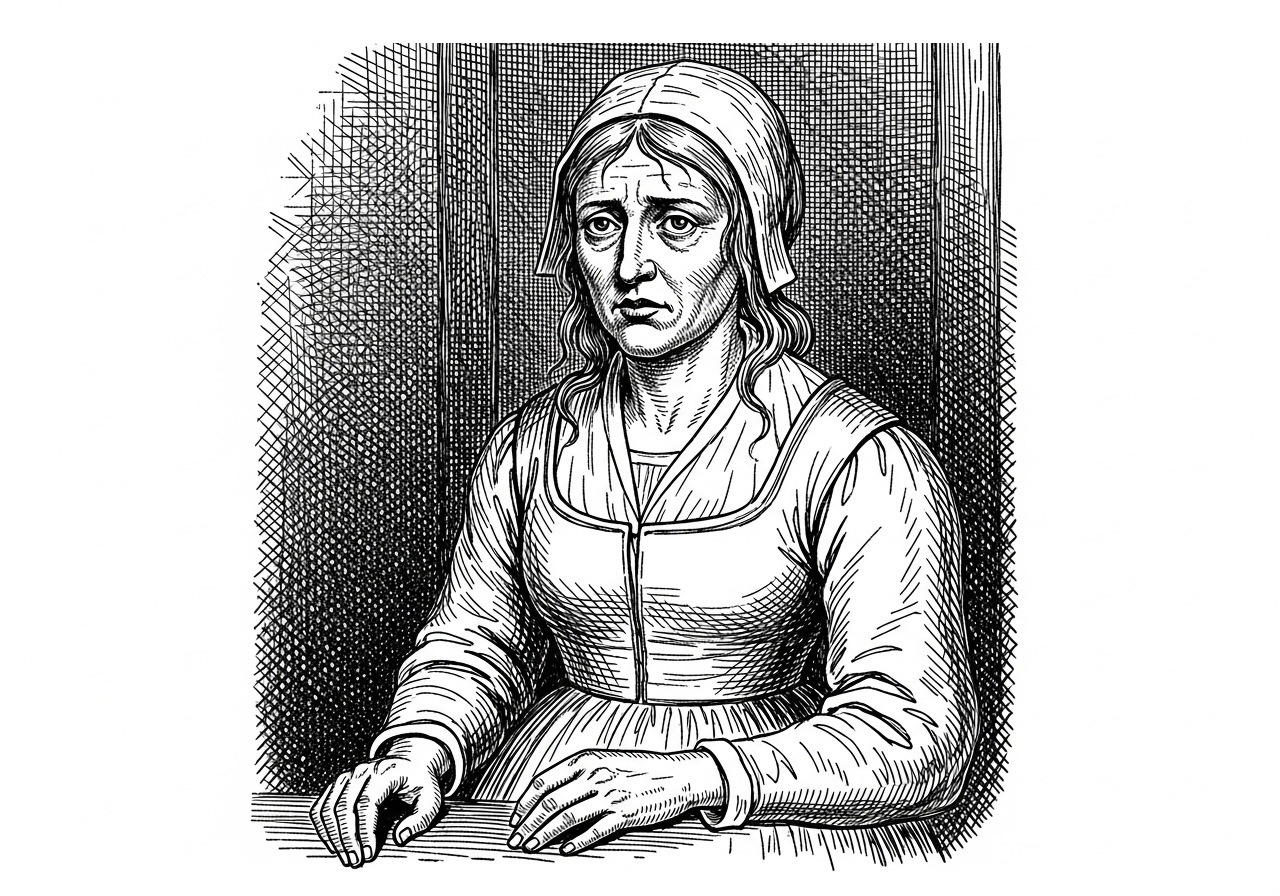
Even while imprisoned for her alleged crimes, members of the community continued to seek advice form Ursula. During the subsequent witch trials, Ursula, possibly under duress or misled by promises of leniency, implicated numerous other women. This confession fueled a severe outbreak of hysteria that spread to nearby areas, including Little Oakley, The Sokens, and Little Clacton, leading to the accusation of many others inlcuding Ales Newman, Elizabeth Bennet, Ales Hunt (Barnes), Margerie Sammon (Barnes), Annis Glascock, Joan Pechey, Cisley Selles, Henry Selles, Ales Manfield, Margaret Grevell, Elizabeth Ewstace, Margaret Ewstace, Joan Robinson, Annis Herd (Heard) and Anne Swallowe (Eswell). Out of all those accused, Ursula Kemp and Elizabeth Bennet were ultimately executed, and several other individuals sadly perished while incarcerated.
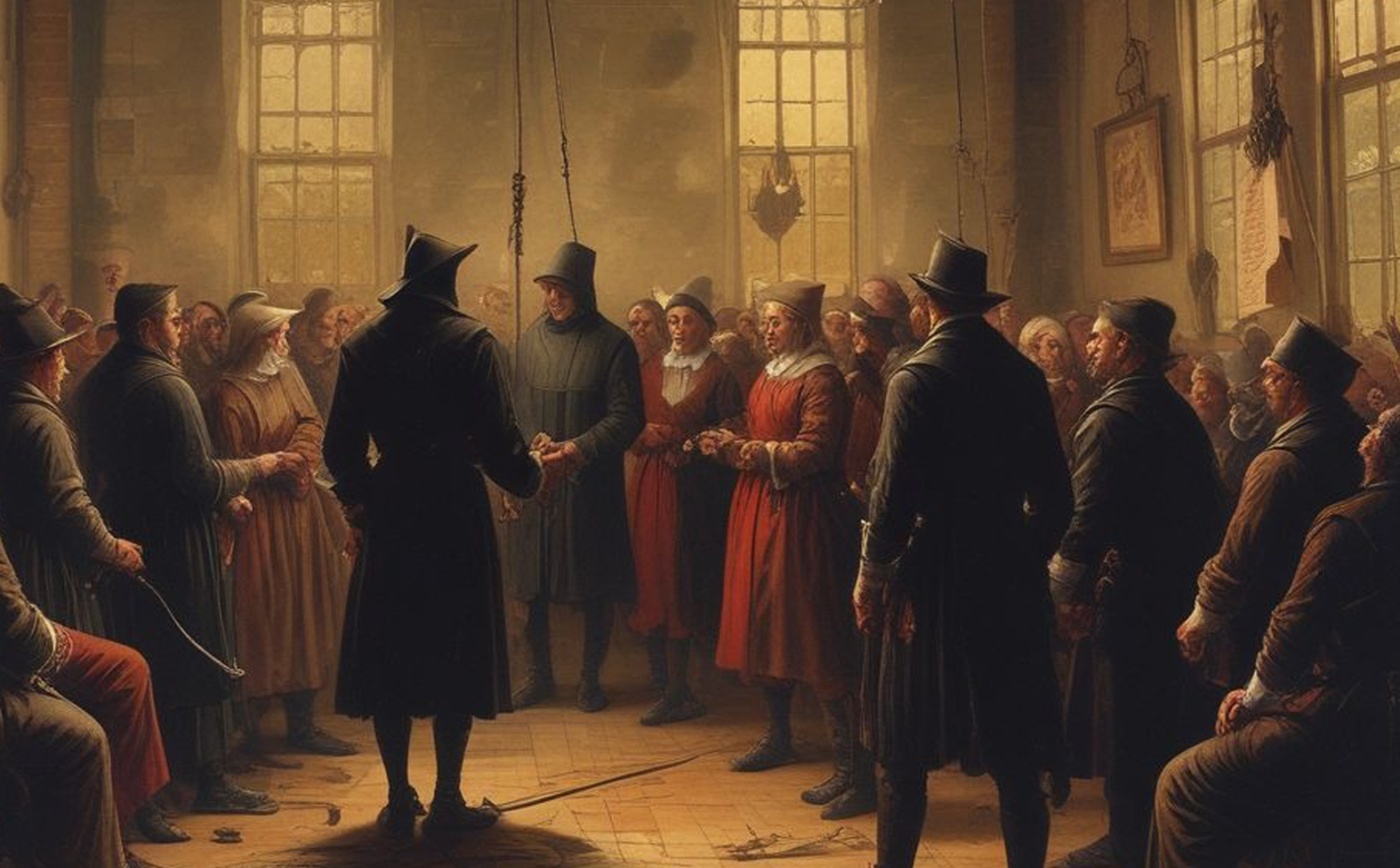
The witch hunt and initial interrogations were supervised by Brian Darcy. Unfortunately, Ursula’s seven-year-old son was pressured into testifying against his mother. He declared that she practiced witchcraft and maintained four familiars: Jacke (a black male cat), Tyffin (a grey female cat), Pygine (a black female toad), and Tyttey (a white male lamb), the latter of which was specifically blamed for the death of a child. Although Ursula confessed hoping to receive mercy, she and Elizabeth Bennet were convicted of witchcraft and hanged in Chelmsford in 1582. The suffering caused by the trials was widespread; Ursula’s young son, approximately seven years old at the time, was abandoned, and his subsequent fate remains unknown.
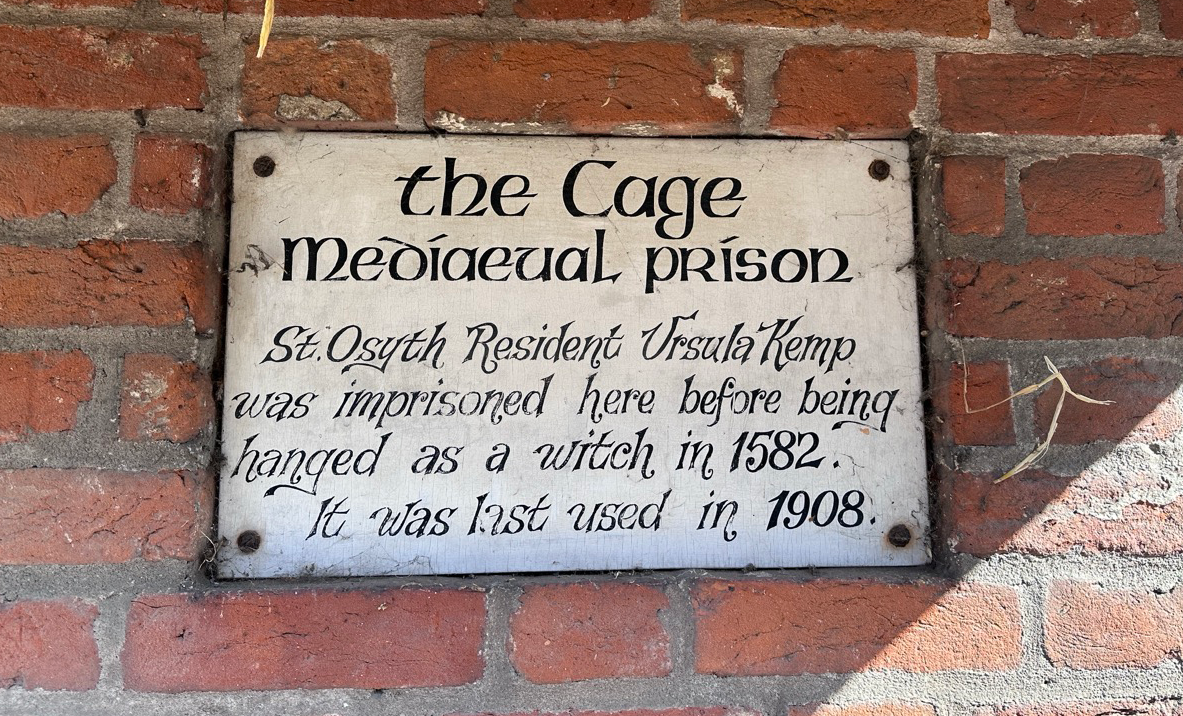
Although the specific location where the women were first held before their transfer for trial and execution is undocumented, it is widely assumed to have been “The Cage” based on its established function as the town lockup. Following her initial detention, Ursula would have been moved to Colchester Castle for imprisonment while awaiting trial. Her final trial and subsequent execution took place in Chelmsford.
Recent History (20th century)
The Cage itself was reconstructed sometime in the 20th century, adjoining it to the neighbouring property to become a living space, and extended to included an additional upstairs bedroom and adjacent kitchen. As such, the Cage is not heritage listed – Many cages (such as The Bardfield Cage) weren’t grade listed until much later in the 1980s, long after The Cage was believed to have been reconstructed. Despite this, the Tendring District Council to this day still identifies The Cage as a non-designated hertiage asset in their annual conservation appraisal, and the home remains an iconic and culturally significant landmark in the town.
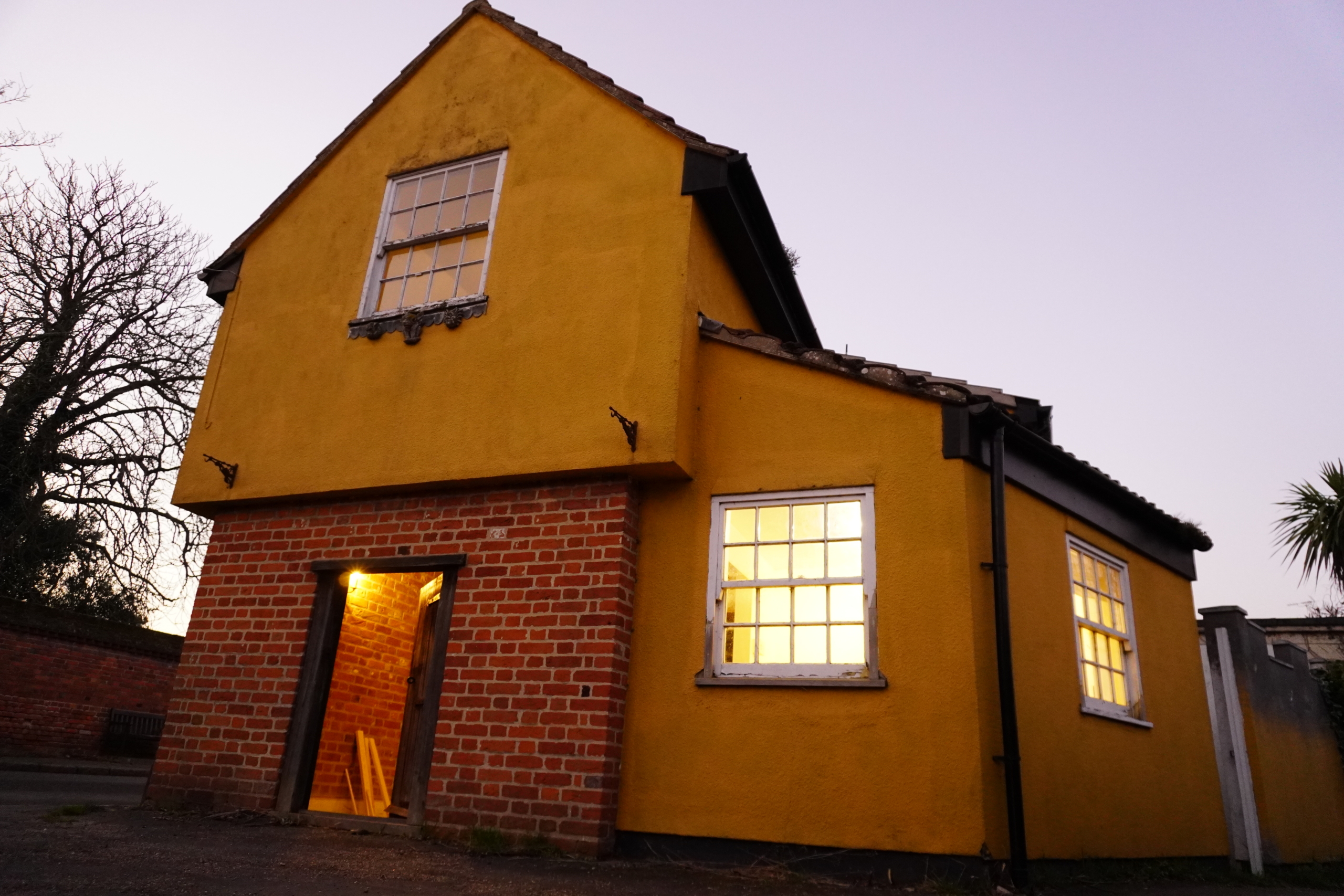
The location of the lockup has been disputed in the past mainly due to lack of records that date back to 1582. However, hand drawn surveyor maps dating back as early as 1772 are detailed enough to feature The Cage. When overlayed with modern satellite imagery there is a building consistently marked across multiple surveyor maps spanning throughout the 18th century through to today, dispelling any doubt about its location in recent times.
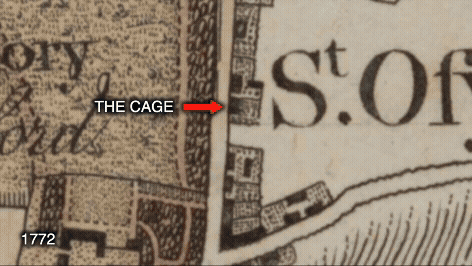
Paranormal Claims
The Cage is highly regarded within the paranormal community, with many claiming to have had paranormal experiences. When the house was briefly made available to paranormal investigators, many reported standard haunting phenomena. However, one particularly striking incident involved an investigator named Debbie: CCTV footage reportedly captured her face morphing into an “evil-looking grin.” Furthermore, Debbie suffered a painful burning sensation on her back, resulting in four distinct, deliberate-looking finger-like burn marks. Other visitors have reported various activities such as poltergeist occurrences, unexplained noises and voices, mysterious mists, moving doors, phantom footsteps, and strange smells, with a previous owner even claiming to have been violently forced out of the house by something dark.

The home has mysteriously changed ownership multiple times, and new owners never seems to remain in the home for long. Even it’s most recent sale was made under strange circumstances – with the previous owner beginning making renovations, but selling the home prior to finishing. They would never make it as far to actually live in the property. The home has remained largely unoccupied since 2018 until its most recent acquisition.
The Cage Today
More recently, in 2025, The Cage was acquired by paranormal influencer, Amy’s Crypt, forming The Cage of St Osyth Ltd with a vision to restore this historic building to its former glory. Due to nearly a decade of neglect and being unoccupied, the home has fallen into a state of disrepair, including damage caused by wood rot, damp and mould. The new owners have undertaken restoration of The Cage to preserve this historical and culturally significant landmark for generations to come, while also paying tribute and homage to the innocent women who lost their lives during the witch trials of St Osyth.

At this time, due to necessery restoration work, The Cage is not open to the public, though we encourage those in town interested in learning more about St Osyth, the Witch Trials or The Cage to visit the nearby St Osyth Museum. We’re committed to ensuring the legacy of the Cage is preserved and told as accurately as possible, so if you have any additional information regarding the history of The Cage that could help us, please get in touch.

